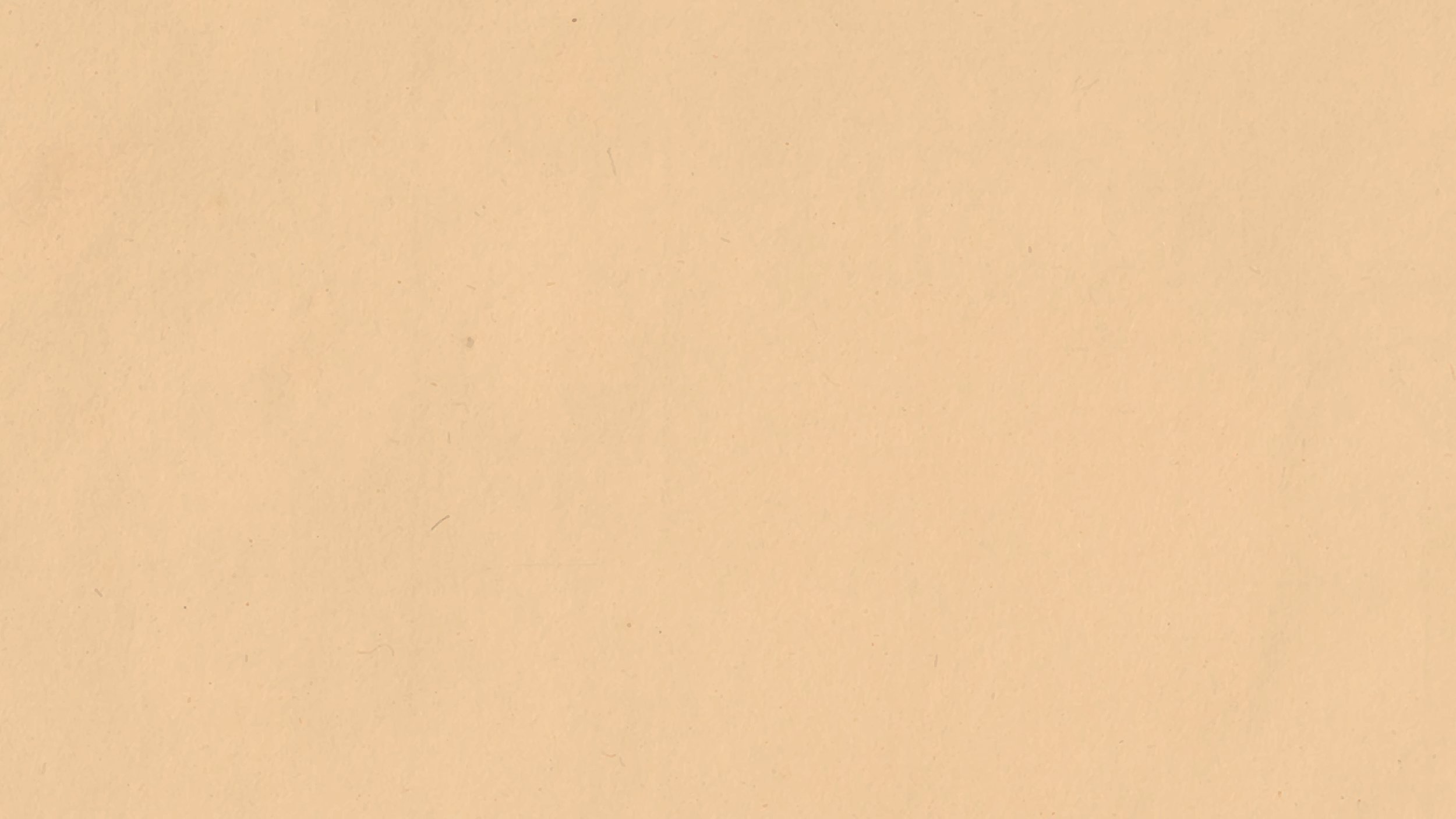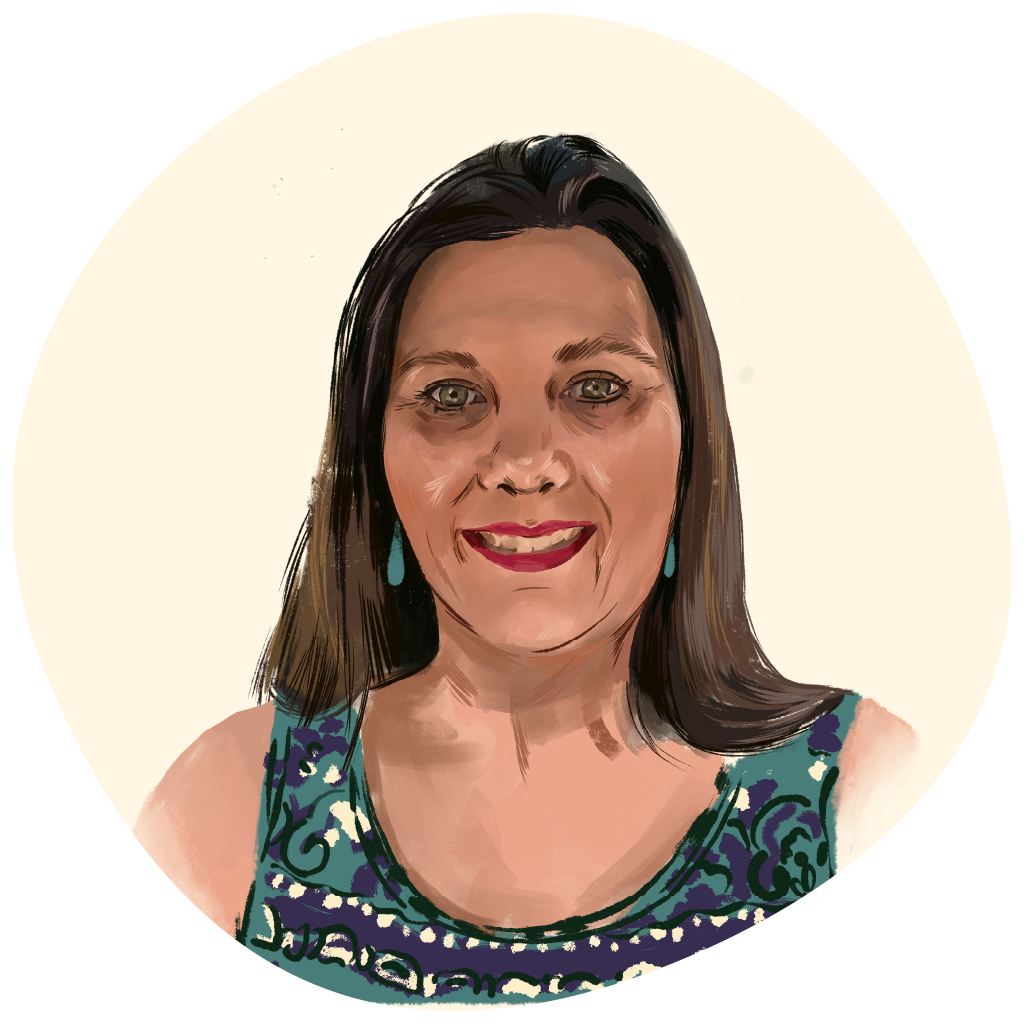Check out our Healing Center
·
Check out our Healing Center ·
Who we are
We are women of the Wampanoag nation, the People of the First Light. We are on a journey to end domestic violence, sexual assault, stalking, and sex trafficking in our communities. We will build programs and services that support one another, truly see and hear each and every one of us, and create lasting safety and health in our communities. By looking back at the stories, values, and work of our ancestors, and using Wampanoag and Indigenous culture as a framework, we know we can answer the challenges we face.
We have had many successes in this journey of healing, but there are still areas of need, much to be done, and far to go. We believe that healing of individuals cannot be separated from healing of family and community. Due to the nature of the state-sanctioned violence tribal communities have sustained over hundreds of years, we must also rebuild the bonds of kinship to our extended family tribes of the Northeast, not just for protection and collaboration, but because it is necessary in restoration.

Mission & Vision
OUR MISSION
The Northeast Native Network of Kinship and Healing was founded to end violence against Native people by supporting and increasing the capacity for tribal communities to heal from, respond to, and prevent violence, using methods that are deeply rooted in culture and traditions that have existed since prior to colonization.
Hover over the image to read Our Mission
OUR VISION
We will create spaces where tribal people and communities can obtain safety and heal from abuse. This includes physical space, collaborations with tribal and state governments, Native and non-native organizations, regional coalitions, and the creation of coordinated responses to address systemic issues and cultural gaps in services.
Hover over the image to read Our Vision

Welcome and waneekesuq.
WE WILL JOURNEY TOGETHER.
There was a time when a group within our Wampanoag community was struggling. For months, I spent the majority of my days accompanying our people at various health providers. It was the hardest time of my life. Nothing that I had ever experienced—including abuse and domestic violence—even came close to the pain of watching the suffering of the people I loved, had known since their births, and had helped to raise.
When I was home, I didn’t want to be around anyone. My heart was so heavy and broken, and my brain was so clouded that it was hard to have a clear thought. It was as if the thoughts were being whipped by winds of a tornado. It was winter and cold. I went down to the ocean to be alone.
As the winds ripped across the ocean, angry waves crashed against the rocks. Over and over. Relentless. I pushed hard against the howling wind to walk towards the water, and my long hair lashed my face. The cold burned my ears. The wind blew so hard against my face that it was hard to take a breath. And I thought, this is exactly how I feel inside.
I questioned everything I ever believed in.
I questioned everything I ever taught.
I questioned if it was worth preserving our stories, culture, and ways of life.
I questioned if we were even helping our children by trying to hold onto who we were.
I was so scared.
The thought of losing just one of those lives that I cherished was more than I could bear. And I felt like I had no control over anything. Even as a child, I had always found there was some way to get some kind of control. But now, I felt powerless.
There was nothing I could do but let everything go and just be present.
Then for a moment, the wind finally stopped blowing. I took a deep breath and released it slowly. It felt good. I felt grounded, as if the soles of my feet were rooting me to this space and connecting me to the spirits of my ancestors who had stood on that beach—on our land, the land of Moshup and Squant—since the beginning of our time. I thought about the storms they had endured, how our ancestors must have felt as they watched European ships come sailing across the water, and how those early days of colonization touched our little island.
Then, I knew what our ancestors knew.
I knew that whatever happened, we would be okay. We would stand strong in the storm. Because our stories and our beliefs are the roots that anchor and shelter us, while the storm rages all around.
As I walked back up the beach, the wind picked up, and I had another thought: the storm isn't evil. It is just wind and water. Wind and water remove things that are dead; they also shape mountains and create new spaces, creating change. I also knew that the wind would not blow forever. The storm would pass, and when it did, I would still be standing, but I would be different.
Traditionally, Native women don’t cut their hair unless there is a great loss. Soon after the day on the beach, I cut my hair. I felt as though the way I saw the world was now dead to me. I could never see it through the eyes I once did. When the storm of that time had passed, it took me some time and ceremonies to realize that we made it through without losing anyone. My hair is about halfway grown back now. I used to think that when your hair grows back to where it was, you would be restored to where you were.
I was wrong. I won’t ever be where I was: I will be in a new space, one that I never would have reached without going through the storm.


Our Kinship Heals.
CREATION STORY BEGINS WITH MAKING SAFE SPACES.
More than 12,000 years ago when magic was still in the lands, there was a man named Moshup who could turn himself into a giant. He is well known among the Algonquin tribes of the Northeast, and there are stories of him all along the coast.
Moshup had a life partner, what some today might describe as a wife, named Squant. She is known for keeping magical plants, disciplining unruly children, and, when she grew angry, creating great storms. Some also say that Squant was the leader of the Puckwudgies, or “little people.”
Each powerful in their own ways, Moshup and Squant complemented each other and were in balance.
In a time of strife, Moshup journeyed along a marshy area in search of a place where he could find peace for himself, his family, and people. As he walked in his giant form, he grew weary and let his big toe drag through the sand. The ocean waters rushed into the deep trench he had made, and separated a piece of land, creating the island of Noepe, now known as Martha's Vineyard. The beauty of the cliffs at the end of the island captured Moshup’s heart, and it was there, in Aquinnah, that he made a home for Squant and himself.
They lived there for many years, raising their family and caring for their people. One day, a young couple came to Moshup for help. They wished to marry, but the woman did not have any land of her own. To remedy this and to help the young couple, Moshup dumped out his great pipe and, from the ashes, formed a land for her, now known as the island of Nantucket. These are the origins of our lands.
One day, Moshup had a vision that a new people would come to our lands and bring great turmoil for the Wampanoag people. As a true leader, he provided his people with a choice: they could be turned into whales and live in the ocean, or they could stay and continue to care for the island. Some chose to live in the ocean, and some remained and lived among the newcomers.
Though Moshup and Squant left Noepe after this, a piece of Moshup remains. When the mists and fog roll in from the ocean and cover the land, we know that he is close, smoking his pipe and watching over us.
-
Moshup was right. The new people did come, bringing chaos, death, and destruction. At first they came to take our fish, trees, and people as slaves to trade back in Europe, until one day a ship, famously known as the Mayflower, brought people to stay.
At that time, Weetamoo, who would become a great Saunkskwa (female leader) to guide, defend, and unite our people, was a young girl and one of two daughters of Conbitant, the Wampanoag Sachem (male leader) of Pocasset (now known as Westport, Fall River, and the Taunton area).
Weetamoo and her sister, Wootonakahuske, grew up in the traditional ways of Wampanoag girls, spending time with the other girls and women cultivating and sustaining the fields along the river beds that supported the Three Sisters Gardens (corn, beans, and squash). They visited other tribes, gathered at pow wows, developed relationships with their extended kin, and were taught how to be good leaders by both of their parents. Both sisters would serve as Saunkskwas in their own right, as well as being partnered with Metacom and Wamsutta, the sons of the Massasoit Ousamequin, the Sachem of the Wampanoag. Wamsutta, Weetamoo's husband, would later take over as Great Sachem, while Wootonakahuske's husband, Metacom, was called King Philip by the colonists who would soon start a conflict known as King Philip's War.
In the time leading up to this war, Weetamoo was Saunkskwa of Pocasset, and was instrumental in building relationships and alliances among the Native people of the region; ensuring that the bounty from planting, hunting, and fishing was distributed fairly and equally among families in her homelands; and maintaining control of her people's land. For instance, she used tactics that included selling a piece of land to a man in her tribe. The land served as a boundary between the English colonists and her tribal lands, and she knew that the English would honor a deed that belonged to an individual man over land held by a woman or a tribe. Her decision stopped colonist encroachment on her tribal lands. -
Though our people and the colonists had established an uneasy peace, one day Wamsutta was marched to the colony at gunpoint to have a meeting. Prior to the meeting he was in great shape and in good health. However, on his trip home he dropped dead. Many, including Weetamoo and Metacom believed he had been poisoned by the colonists.
This strained relations, and, when Wampanoag legal jurisdiction was violated by the colonists, the war was ignited. According to agreements established between our people and the colonists, Sachems were to have jurisdiction over their own people. If one of ours committed a crime, the Sachem would handle it, and vice versa for the colonists. However, one day the colonists captured and tried three Wampanoag men who they believed had murdered another Wampanoag man. When the colonists' court convicted and hung all three men, it began the bloodiest war ever fought on what is now American soil.
During the war, Weetamoo aided Metacom and her people, moving her whole village through a swamp and evading capture by the colonial military, and creating alliances with Narragansett and other tribal leaders to work together to fight the English colonists.
Ultimately however, Metacom was betrayed and killed. The colonists beheaded him and placed his head on a spike, displaying it for the next 40 years. At the end of the war, Weetamoo drowned trying to escape the colonists. She too was beheaded and her body chopped into pieces and displayed around the colonies to serve as a warning to other Indigenous peoples seeking to assert their sovereignty.
But things didn’t end there: this wasn’t just King Philip's War, it was a coordinated response by the Wampanoag, Narragansett, Nipmuc, Massachusett, Patucket, and Wabanaki nations against the English, who, as historian Lisa Brooks stated, "had visions that Englishmen would replace indigenous bodies." Indigenous peoples of the Northeast united against colonial oppression and injustice. Even though the impact of the war on the Wampanoag nations was devastating, the English had to relent to the allied Indigenous peoples, even going so far as returning Wabanaki people they had sold into slavery. In the face of Weetamoo's courage, strength, and wisdom, the English didn’t win, and her actions were integral to our survival, as well as the Mashpee, Herring Pond, and other Wampanoag and Nipmuc people. -
In the 1970s, the tribes in the Northeast sought federal recognition. At the time, for the Aquinnah Wampanoag, it was the best path to prevent our lands from being bought up by non-native people. A group of mostly Aquinnah women, along with some men, worked together to preserve a space for our future generations, as Moshup had done for us thousands of years ago, and Weetamoo 300 years ago. By suing the Commonwealth of Massachusetts for taking lands that were Indian Lands and incorporating them into a town in direct violation of the federal law known as the Nonintercourse Act, they followed in Weetamoo’s footsteps by using the colonizers' laws and systems to protect our people. During that time, many of the Northeast tribes used this strategy and reached settlement agreements. Though these agreements are based on what are probably some of the worst settlement terms in the country, they were the best that could be done at the time and were a key step in the journey that we continue today.


Our journey together
In 2010, the Wampanoag Tribe of Gay Head Aquinnah received a grant from the U.S. Department of Justice to address domestic violence within the tribe. Tribal Council appointed a task force to evaluate the prevalence, extent, current available services, and gaps. Mending the Sacred Hoop came out to Aquinnah to assist the task force in determining how best to develop a program, the structure needed to provide confidentiality and maintain privileged communications, as well as how to develop a community coordinated response. With that assistance, the task force developed a report, recommendations, and a plan for next steps.
In 2013 Jane Root (Maliseet) came to Aquinnah to provide a 40-hour domestic violence advocacy training. By 2015, the Wampanoag Women’s Center (WWC), a tribal domestic violence program, opened its doors. Over the next five years, with assistance from other Native people and organizations such as the Southwest Center for Law and Policy and Minnesota Indians Women’s Sexual Assault Coalition, the WWC was not only able to provide services to the tribal community, but also involved the community in further advocacy training such as 40-hour sexual assault advocacy, sex trafficking in Indian country, SAFESTAR, and tribal trial court advocacy.
Over 25 tribal community members have certificates in advocacy courses serving as a strong foundation of advocacy within the tribal community. The WWC also developed strong allyships with non-native organizations that are vital to the work being done.
When the coronavirus pandemic hit in March 2020, the demand for safe housing became desperate. Tragedy also struck our sister tribe, the Mashpee Wampanoag, with a young woman being murdered. As we looked for answers on how to move forward, we looked back to our ancestors. We needed to create a new space, and the work we needed to do didn’t quite fit the tribal program model.
Like our ancestors have done so many times before, we set forth on a new journey for the safety and well-being of our community, and became The Northeast Native Network of Kinship and Healing.



